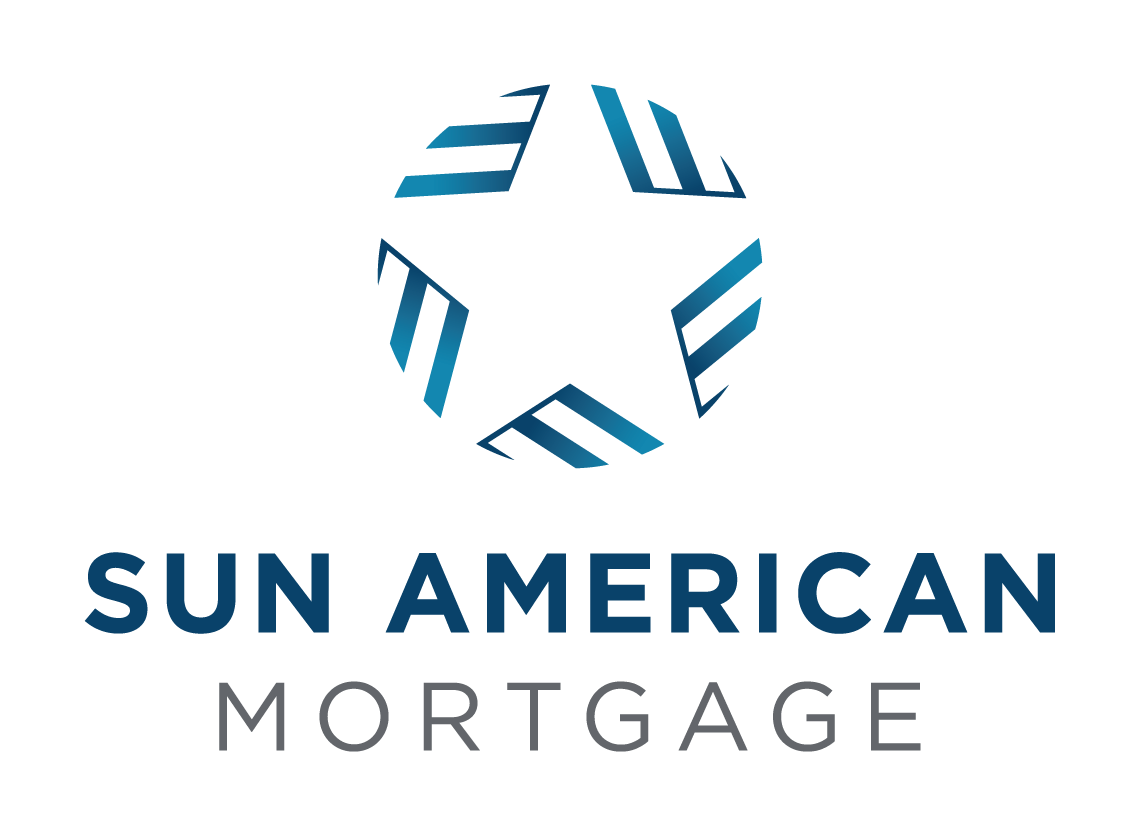Whether you’re an explorer, a DIY expert, or a discerning home buyer, the idea of building your own house in Utah may be appealing. After all, you have complete control over the process when you choose to construct your own house. That means you may create the precise layout, select the number and kind of rooms, select all finishes, and even incorporate a staircase, aquarium wall, or indoor pool.
While planning and constructing a one-of-a-kind home from the ground up in Utah seems exciting, funding such a huge undertaking is a very different scenario. Most house buyers do not have enough savings to cover the construction costs of their custom home, which implies they will need a mortgage for building a home. However, obtaining mortgage loans with low down payment for a self-build project is easier said than done.
A construction-to-permanent construction loan is frequently used to finance the construction of a new house. This financing option consists of two parts: a loan to pay building costs and a mortgage on the finished property. The benefit of such programs is that you only need to apply once, and you will only have one loan closing.
Construction home mortgage low down payment may be obtained as a method to assure better that most, if not all, construction expenditures are covered on schedule, therefore avoiding delays in the home’s completion. Unanticipated costs will likely develop, raising the entire cost of construction.
Lenders may provide several choices to make construction mortgages more appealing to borrowers. This might include interest-only payments throughout the building period, as well as fixed interest rates after construction starts for construction-to-permanent loans.
Use these six hidden strategies to get better financing for house building.
- A conventional mortgage loan will not do
It is typically simple to acquire a conventional home loan Utah when purchasing an existing property as long as buyers have good credit and steady income. Traditional financing, on the other hand, is difficult to obtain while constructing your own home. Why? Understand this: you’re asking the lender to invest in something that doesn’t exist yet. To make matters worse, construction is a hazardous business, and lenders are wary of it.
- Look for a construction loan
Here comes the construction loan. A construction loan, often known as a construction mortgage or self-build loan, is a short-term loan used to cover the costs of building your home. If you plan to self-build, you will need to look into more specialist funding options.
A construction mortgage is a type of mortgage that is used to support the development of a house and typically requires solely interest payments during the construction period. When the construction phase is completed, the loan amount becomes due, and the loan becomes a regular mortgage. During the construction phase, the money lent is generally advanced progressively as development advances.
Variable interest rates on these loans are frequently higher than fixed interest rates on regular Utah home mortgage loans. When the construction of your home is completed, you have the option of converting the construction loan into a permanent mortgage or obtaining a new loan to settle the construction loan.
- Prepare to do a lot of groundwork
As you prepare to apply for a construction loan, you should do some serious stretching. These loans need a significant amount of legwork on the part of the borrower. You’ll have to go through a lot of hoops to prove to the lender that your home-building project is legal, feasible, and low-risk.
Usually, construction loan applications will require you to provide a project timetable and a realistic budget. You must also give a thorough list of construction specifications, including everything from floor layouts and building materials to ceiling heights and insulation.
- Prepare to make a substantial down payment
Most lenders need at least a 20% down payment on a construction loan, with some requiring as much as a 25% down payment. What is the rationale for such a hefty down payment? As construction loans are deemed “higher risk” than traditional mortgage loans, the lender must ensure that you do not quit the project.
- Be aware of where you land
If you do not already possess the lot on which you want to construct, the cost of the plot must be added to the overall construction loan amount. Try to pay for the land in advance if at all possible. Alternatively, you will be required to make a significantly higher down payment to qualify for the construction loan.
- Work with a reputable builder
To be accepted for a construction loan, you must show that a qualified builder is carrying out the project. A qualified builder is commonly defined as a certified general contractor with a strong reputation in the home-building sector.
If you intend on being your own general contractor or build the house yourself, you will face a unique set of challenges – and you will almost certainly be rejected for a standard construction loan. In this situation, you should focus on owner-builder construction finance. Qualifying for these types of loans may be challenging in today’s housing market; however, it is possible if you offer a well-researched construction plan that demonstrates your home-building experience and talents. Don’t forget to account for unanticipated expenses.
In conclusion
While constructing your own home from the ground up may be a rewarding experience, securing construction finance is not simple. To improve your chances of acceptance, create a thorough project plan, enlist the help of a skilled housebuilder, and save enough money for a significant down payment before applying.




